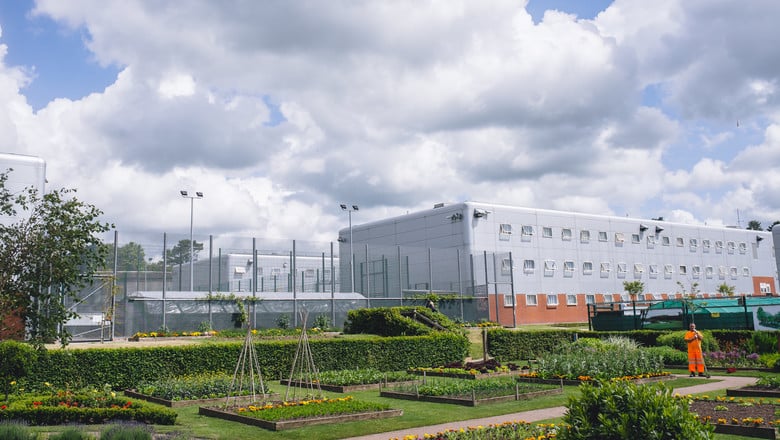
Prison inspectors have lavished the highest praise on a young offenders’ institute run by security giant G4S.
An exemplary report from Her Majesty’s Inspectorate of Prisons (HMIP) says Parc Young Offenders Institute (YOI) is ‘arguably the best performing YOI in the country’ and ‘is setting a standard for the management of children and young people in custody’.
HMIP made an unannounced inspection to the YOI in Bridgend, South Wales, between 28 March and 8 April 2022.
The inspector rated the prison against the key benchmark of safety, resettlement, care and purposeful activity.
The report, out today (July 20) – rated Parc as ‘good’ – the highest score it is possible to achieve.
Jason Evans, Head of Parc YOI, said: “The unit has come a long way over the last seven years, sometimes in very challenging circumstances, and it is great that HMIP has recognised and acknowledged our progress in their report”.
“We are especially pleased that inspectors picked up on how happy and motivated our staff group is. The strong, caring, professional relationships between our staff and the children in our care are at the core of our approach. It is what makes the difference every day in engaging and helping children see their potential, creating a feeling of hope and opportunity for their futures”.
“The report is very impressive, especially as we recover from the pandemic and entirely based on the hard work, care and professionalism of our incredible staff group. They should be rightly proud of what they have achieved”.
On care, HMIP was struck by the ‘excellent’ relationships between young people and the staff who cared for them, saying this underpinned the success at Parc YOI.
Children, they observed, responded well to the nurturing and caring ethos of the unit and ‘the culture was one of engagement, high expectations and the incentivisation of good behaviour.’
Go to www.g4s.com
On safety, the report noted that no children said they felt unsafe at the time of the inspection, ‘staff modelled high standards of behaviour and supported children to behave well.’ Against almost every measure concerning safety, such as the amount of violence or the application of force, levels were lower than at comparable institutions.
The inspection team was impressed by the extent to which managers prioritised access to phone calls, secure video calls and visits, especially at evenings and weekends, to help with resettlement. As a consequence, children at Parc were better able to maintain relationships with family and friends.
Inspectors noted that time out of cells ‘was much better than at other YOIs’ and giving the children plenty of opportunity to take part in purposeful activity led to better outcomes in safety and care, by preventing boredom and frustration among them.
Educational provision was also praised by inspectors, with the teaching described as ‘very good’. Teachers had high aspirations for the children and acted as good role models in the way they spoke and engaged with them. Children’s attendance, punctuality and behaviour in lessons were all found to be ‘excellent’.
Inspectors also found that many of the children ‘became fully immersed in sessions. One learner observed that ‘sometimes when I’m in this lesson, I forget that I’m in prison’.
The report singled out the leadership team at Parc YOI for ‘creating a positive culture among staff that supported impressive outcomes in all areas of our healthy prison tests’; a survey conducted by HMIP during their inspection found 81% of staff, including 91% of frontline operational staff, said their morale was high or very high.
The leadership team was praised for both the quality of education on offer and, crucially, the access young people had to this education. To the great credit of leaders and managers, this standard of regime had, following the application of sensible risk management arrangements, been sustained throughout most of the pandemic.